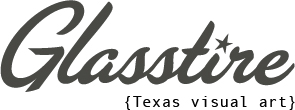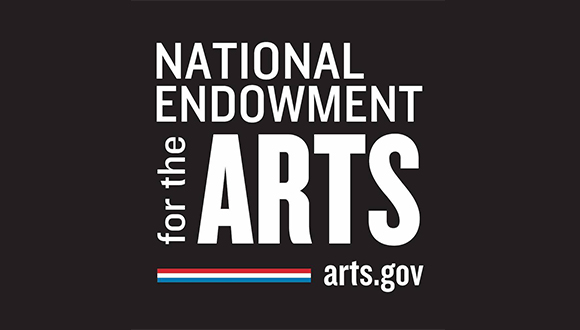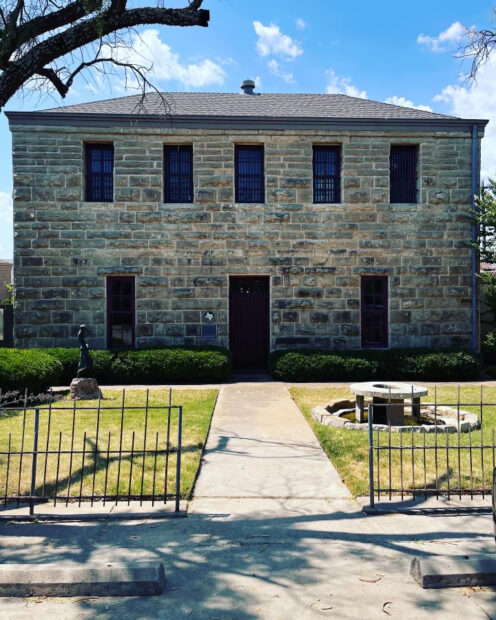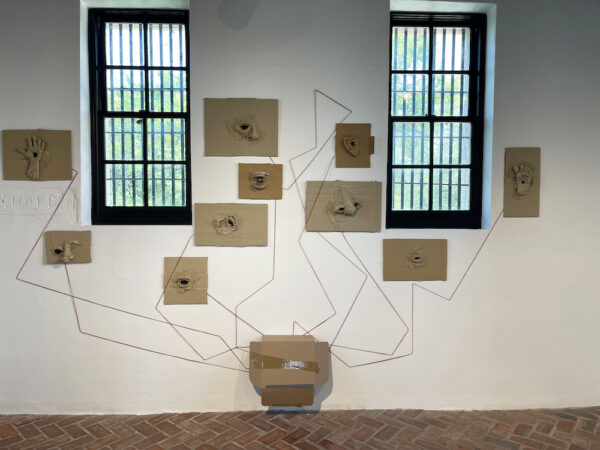The National Endowment for the Arts (NEA) has canceled the 2026 Challenge America grant, which would have supported historically underserved communities, and has announced additional changes to its Grants for Arts Projects criteria.
In a press release shared via the organization’s website on Thursday, February 6, the NEA stated that the cancellation of its 2026 Challenge America grant was “to focus NEA staff resources on the Grants for Arts Projects category.” The decision to cancel the grant, which previously specified it was created to provide access to arts in underserved communities, falls in line with President Trump’s January 20 Executive Order, Ending Radical and Wasteful Government DEI Programs and Preferencing. The order gives federal agencies 60 days to terminate all DEI positions, “equity action plans,” and “equity-related” grants, as well as compile reports regarding contractors who have provided DEI training, grantees who received DEI and/or environmental justice-related funding since January 20, 2021, and other data.
Last month the NEA announced its 2025 awardees. Among the 12 Texas recipients of the $10,000 Challenge America grants were institutions such as The Old Jail Art Center (OJAC) in Albany, the Art Museum of Southeast Texas in Beaumont, the Houston Family Arts Center, and the International Museum of Art and Science in McAllen. While terms like “underserved communities” are often associated with communities of color, in reality, the term is broad and also applies to rural communities. The National Assembly of State Arts Agencies has reported that though private funders are the largest contributors to U.S. cultural institutions, rural communities often rely on state and federal funding programs.
The OJAC has received Challenge America funds for the last three years in support of its Cell Series exhibitions, which highlight Texas-based artists. Patrick Kelly, the Executive Director and Curator of OJAC, told Glasstire that the grant has covered a large portion of the costs associated with that program. Asked about how the cancellation of Challenge America might affect OJAC or similar organizations, Mr. Kelly stated, “Given that no one knows the fate of future funds, or even the NEA itself, it is hard to predict what grant funds will be available beginning… now. I do think that even if [the government] does not reduce funds or eliminate the NEA, or other federal cultural agencies, it’s likely the grant opportunities will be consolidated with fewer opportunities for funding that’s aimed at helping small to medium-size organizations.”
He explained, “The Challenge America was geared toward those smaller institutions that have fewer resources to compete with the larger ones in the grant process — given that most smaller institutions don’t have development departments or even staff. In our case, the likelihood will be that the burden of support will transfer to individuals and foundations. Again, for small institutions in rural areas, we all will have to dip deeper into our depleting funding wells. Opponents to the government funding of the arts don’t realize the return on the investment is huge given that museums contribute some 50 billion dollars to the US economy each year.”
With the cancellation of the Challenge America program, the NEA suggests that organizations apply for its Grants for Arts Projects (GAP), a broader program that provides funds to support public engagement with the arts and arts education initiatives. Changes to the GAP program were also announced in the NEA press release, including a shift in the criteria related to programming history. Previously applicants needed a three-year history of offering arts programs, but moving forward that criteria has been raised so that organizations must have a five-year history. There is a stipulation that if programming was suspended due to the COVID-19 pandemic, organizations can provide examples of programming that took place in 2018 and 2019. This shift raises the bar for younger organizations, many of whom have waited to reach the three-year mark to be eligible to apply for federal grants.
Another aspect of the updated guidelines is language that says “priority will be given” to projects “honoring the semiquincentennial of the United States of America (America250).” This language isn’t altogether new for the NEA, as past grant guidelines, such as the 2023 application, used similar, but different, phrasing. This year dozens of Texas organizations across art disciplines received GAP grants, including Women & Their Work and the Mexic-Arte Museum in Austin, the Nasher Sculpture Center in Dallas, Texas Christian University in Fort Worth, the Galveston Arts Center, the Contemporary Arts Museum Houston and the Menil Collection in Houston, the Chinati Foundation in Marfa, and the City of San Antonio Department of Arts and Culture and the Guadalupe Cultural Arts Center in San Antonio. Glasstire is also a recipient of funding through the GAP program.
Glasstire reached out to recent grant recipients to hear their thoughts on these shifts. Creative Waco, which received a $45,000 grant to support an arts apprenticeship and workforce development program for youth, provided the following statement:
“Everything that we do in the arts inherently expresses who we are as a nation, and flows from the vision of the founding fathers, that artistic expression was one of the highest benefits of freedom. Therefore it makes sense to invest in the arts to recognize the freedom we share, and the 250-year anniversary of the Declaration of Independence. However, I’m not sure we are really celebrating that freedom if we dictate that as the only theme for artistic expression across our nation. My hope is that this is intended to be an invitation to celebrate our shared identity with imaginative and innovative, artistic programming, not a constraint on the freedom we value so highly.”
The Galveston Arts Center (GAC) received a $30,000 GAP grant in support of its exhibitions and public programs featuring regional artists. Teresa Potter, the Executive Director of GAC, told Glasstire, “To me it feels like the NEA is doing what they can to continue funding projects while also protecting organizations and themselves. The Galveston Arts Center tries very hard not to create a program for a specific grant or specific funding… We receive NEA funding to give a small honorarium to our artists in our exhibitions, and we work very hard to support unique artists and to represent diverse voices.”
The new 2026 GAP grant deadlines are March 11, 2025 and July 10, 2025. The NEA will host a webinar on Tuesday, February 18, at 2 p.m. to provide additional information about the updated guidelines. The event is free to attend but registration is required. Register for the webinar here. Learn more about NEA Grants for Arts guidelines via the organization’s website.





